Linkage-Affected Donor–Acceptor Covalent Organic Frameworks for Photocatalytic Hydrogen Production
Abstract
:1. Introduction
2. Photocatalytic Mechanisms
2.1. General Photocatalytic Mechanism of COF-Based Photocatalysts
2.2. Mechanism of Enhancing Photocatalysis
3. D-A COFs for PHP
3.1. Amine-Linked D-A COFs
3.1.1. Imine-Linked D-A COFs
3.1.2. β-Ketoenamine-Linked D-A COFs
3.1.3. Imide-Linked D-A COFs
3.2. Vinylene-Linked D-A COFs
3.3. Borate-Ester-Linked D-A COFs
4. Summary and Outlook
Author Contributions
Funding
Data Availability Statement
Conflicts of Interest
Abbreviation
| = benzo [1,2-b:4,5-d] bisthiazole-2,6-diamine |
| = triphenylamine |
| = triazine |
| = tris(4-formylphenyl)benzene (Tpa-CHO) and 1,3,5-Tris(4-aminophenyl)benzene (Tpa-NH2) |
| = 4,4′,4′’,4′’’-(ethene-1,1,2,2-tetrayl)tetraaniline |
| = 4,4’-(thiazolo [5,4-d]thiazole-2,5-diyl)dibenzaldehyde |
| = 4,4’,4’’,4’’’-(pyrene-1,3,6,8-tetrayl)tetraaniline |
| = 1,3,5-triformylphloroglucinol |
| = 4,4’-diamino-[1,1’-biphenyl]-3,3’-dicarbonitrile |
| = 2,4,6-triformylphloroglucinol |
| = 4,4′-(benzo-1,2,5-thiadiazole-4,7-diyl)dianiline |
References
- Ouyang, W.X.; Teng, F.; He, J.H.; Fang, X.S. Enhancing the photoelectric performance of photodetectors based on metal oxide semiconductors by charge-carrier engineering. Adv. Funct. Mater. 2019, 29, 1807672. [Google Scholar] [CrossRef]
- Chen, F.; Huang, H.W.; Guo, L.; Zhang, Y.H.; Ma, T.Y. The role of polarization in photocatalysis. Angew. Chem. Int. Ed. 2019, 58, 10061–10073. [Google Scholar] [CrossRef]
- Hossain, M.K.; Chanda, R.; El-Denglawey, A.; Emrose, T.; Rahman, M.T.; Biswas, M.C.; Hashizume, K. Recent progress in barium zirconate proton conductors for electrochemical hydrogen device applications: A review. Ceram. Int. 2021, 47, 23725–23748. [Google Scholar] [CrossRef]
- Hossain, M.K.; Hasan, S.K.; Hossain, M.I.; Das, R.C.; Bencherif, H.; Rubel, M.; Rahman, M.F.; Emrose, T.; Hashizume, K. A Review of Applications, Prospects, and Challenges of Proton-Conducting Zirconates in Electrochemical Hydrogen Devices. Nanomaterials 2022, 12, 3581. [Google Scholar] [CrossRef]
- Bie, C.B.; Yu, H.G.; Cheng, B.; Ho, W.; Fan, J.J.; Yu, J.G. Design, fabrication, and mechanism of nitrogen-doped graphene-based photocatalyst. Adv. Mater. 2021, 33, 2003521. [Google Scholar] [CrossRef]
- Meng, X.G.; Liu, L.Q.; Ouyang, S.X.; Xu, H.; Wang, D.F.; Zhao, N.Q.; Ye, J.H. Nanometals for solar-to-chemical energy conversion: From semiconductor-based photocatalysis to plasmon-mediated photocatalysis and photo-thermocatalysis. Adv. Mater. 2016, 28, 6781–6803. [Google Scholar] [CrossRef]
- Li, X.B.; Wang, W.W.; Dong, F.; Zhang, Z.Q.; Han, L.; Luo, X.D.; Huang, J.T.; Feng, Z.J.; Chen, Z.; Jia, G.H. Recent advances in noncontact external-field-assisted photocatalysis: From fundamentals to applications. ACS Catal. 2021, 11, 4739–4769. [Google Scholar] [CrossRef]
- Zhu, S.S.; Wang, D.W. Photocatalysis: Basic principles, diverse forms of implementations and emerging scientific opportunities. Adv. Energy Mater. 2017, 7, 1700841. [Google Scholar] [CrossRef] [Green Version]
- Loeb, S.K.; Alvarez, P.J.J.; Brame, J.A.; Cates, E.L.; Choi, W.; Crittenden, J.; Dionysiou, D.D.; Li, Q.; Li-Puma, G.; Quan, X.; et al. The Technology Horizon for Photocatalytic Water Treatment: Sunrise or Sunset? Environ. Sci. Technol. 2019, 53, 2937–2947. [Google Scholar] [CrossRef] [Green Version]
- Fujishima, A.; Honda, K. Electrochemical photolysis of water at a semiconductor electrode. Nature 1972, 238, 37–38. [Google Scholar] [CrossRef]
- Liu, X.Q.; Iocozzia, J.; Wang, Y.; Cui, X.; Chen, Y.H.; Zhao, S.Q.; Li, Z.; Lin, Z.Q. Noble metal–metal oxide nanohybrids with tailored nanostructures for efficient solar energy conversion, photocatalysis and environmental remediation. Energy Environ. Sci. 2017, 10, 402–434. [Google Scholar] [CrossRef]
- Zhang, F.F.; Zhu, Y.L.; Lin, Q.; Zhang, L.; Zhang, X.W.; Wang, H.T. Noble-metal single-atoms in thermocatalysis, electrocatalysis, and photocatalysis. Energy Environ. Sci. 2021, 14, 2954–3009. [Google Scholar] [CrossRef]
- Fang, X.Z.; Shang, Q.C.; Wang, Y.; Jiao, L.; Yao, T.; Li, Y.F.; Zhang, Q.; Luo, Y.; Jiang, H.L. Single Pt atoms confined into a metal–organic framework for efficient photocatalysis. Adv. Mater. 2018, 30, 1705112. [Google Scholar] [CrossRef]
- Marschall, R.; Wang, L.Z. Non-metal doping of transition metal oxides for visible-light photocatalysis. Catal. Today 2014, 225, 111–135. [Google Scholar] [CrossRef]
- Theerthagiri, J.; Lee, S.J.; Karuppasamy, K.; Arulmani, S.; Veeralakshmi, S.; Ashokkumar, M.; Choi, M.Y. Application of advanced materials in sonophotocatalytic processes for the remediation of environmental pollutants. J. Hazard. Mater. 2021, 412, 125245. [Google Scholar] [CrossRef]
- Zhang, P.; Guan, B.Y.; Yu, L.; Lou, X.W.D. Facile synthesis of multi-shelled ZnS-CdS cages with enhanced photoelectrochemical performance for solar energy conversion. Chem 2018, 4, 162–173. [Google Scholar] [CrossRef] [Green Version]
- Zhang, H.B.; Zhang, P.; Qiu, M.; Dong, J.C.; Zhang, Y.F.; Lou, X.W. Ultrasmall MoOx clusters as a novel cocatalyst for photocatalytic hydrogen evolution. Adv. Mater. 2019, 31, 1804883. [Google Scholar]
- Jiang, D.C.; Irfan, R.M.; Sun, Z.J.; Lu, D.P.; Du, P.W. Synergistic effect of a molecular cocatalyst and a heterojunction in a 1 D semiconductor photocatalyst for robust and highly efficient solar hydrogen production. ChemSusChem 2016, 9, 3084–3092. [Google Scholar] [CrossRef]
- Shi, R.; Ye, H.F.; Liang, F.; Wang, Z.; Li, K.; Weng, Y.X.; Lin, Z.S.; Fu, W.F.; Che, C.M.; Chen, Y. Interstitial P-doped CdS with long-lived photogenerated electrons for photocatalytic water splitting without sacrificial agents. Adv. Mater. 2018, 30, 1705941. [Google Scholar] [CrossRef]
- AlSalka, Y.; Al-Madanat, O.; Hakki, A.; Bahnemann, D.W. Boosting the H2 production efficiency via photocatalytic organic reforming: The role of additional hole scavenging system. Catalysts 2021, 11, 1423. [Google Scholar] [CrossRef]
- Al-Madanat, O.; AlSalka, Y.; Dillert, R.; Bahnemann, D.W. Photocatalytic H2 production from naphthalene by various TiO2 photocatalysts: Impact of Pt loading and formation of intermediates. Catalysts 2021, 11, 107. [Google Scholar] [CrossRef]
- Dong, H.R.; Zeng, G.M.; Tang, L.; Fan, C.Z.; Zhang, C.; He, X.X.; He, Y. An overview on limitations of TiO2-based particles for photocatalytic degradation of organic pollutants and the corresponding countermeasures. Water Res. 2015, 79, 128–146. [Google Scholar] [CrossRef]
- Liu, F.L.; He, Y.Y.; Liu, X.P.; Wang, Z.; Liu, H.L.; Zhu, X.; Hou, C.C.; Weng, Y.X.; Zhang, Q.F.; Chen, Y. Regulating Excitonic Effects in Covalent Organic Frameworks to Promote Free Charge Carrier Generation. ACS Catal. 2022, 12, 9494–9502. [Google Scholar] [CrossRef]
- Yang, S.L.; Lv, H.W.; Zhong, H.; Yuan, D.Q.; Wang, X.C.; Wang, R.H. Transformation of Covalent Organic Frameworks from N-Acylhydrazone to Oxadiazole Linkages for Smooth Electron Transfer in Photocatalysis. Angew. Chem. Int. Ed. 2022, 61, e202115655. [Google Scholar]
- Zou, L.; Sa, R.J.; Zhong, H.; Lv, H.W.; Wang, X.C.; Wang, R.H. Photoelectron Transfer Mediated by the Interfacial Electron Effects for Boosting Visible-Light-Driven CO2 Reduction. ACS Catal. 2022, 12, 3550–3557. [Google Scholar] [CrossRef]
- Zhao, J.W.; Ren, J.Y.; Zhang, G.; Zhao, Z.Q.; Liu, S.Y.; Zhang, W.D.; Chen, L. Donor-Acceptor Type Covalent Organic Frameworks. Chem. Eur. J. 2021, 27, 10781–10797. [Google Scholar] [CrossRef]
- Zhang, Y.F.; Liu, H.X.; Gao, F.X.; Tan, X.L.; Cai, Y.W.; Hu, B.W.; Huang, Q.F.; Fang, M.; Wang, X.W. Application of MOFs and COFs for photocatalysis in CO2 reduction, H2 generation, and environmental treatment. EnergyChem 2022, 4, 100078. [Google Scholar] [CrossRef]
- Li, Y.; Song, X.Y.; Zhang, G.; Wang, L.; Liu, Y.; Chen, W.H.; Chen, L. 2D covalent organic frameworks toward efficient photocatalytic hydrogen evolution. ChemSusChem 2022, 15, e202200901. [Google Scholar] [CrossRef]
- Dai, C.; He, T.; Zhong, L.; Liu, X.; Zhen, W.; Xue, C.; Li, S.; Jiang, D.; Liu, B. 2,4,6-Triphenyl-1,3,5-Triazine Based Covalent Organic Frameworks for Photoelectrochemical H2 Evolution. Adv. Mater. Interfaces 2021, 8, 2002191. [Google Scholar] [CrossRef]
- Shan, H.; Cai, D.; Zhang, X.; Zhu, Q.; Qin, P.; Baeyens, J. Donor-acceptor type two-dimensional porphyrin-based covalent organic framework for visible-light-driven heterogeneous photocatalysis. Chem. Eng. J. 2022, 432, 134288. [Google Scholar] [CrossRef]
- Clarke, T.M.; Durrant, J.R. Charge Photogeneration in Organic Solar Cells. Chem. Rev. 2010, 110, 6736–6767. [Google Scholar] [CrossRef]
- Knupfer, M. Exciton binding energies in organic semiconductors. Appl. Phys. A 2003, 77, 623–626. [Google Scholar] [CrossRef]
- Yang, Q.; Luo, M.; Liu, K.; Cao, H.; Yan, H. Covalent organic frameworks for photocatalytic applications. Appl. Catal. B Environ. 2020, 276, 119174. [Google Scholar] [CrossRef]
- Huang, X.; Zhang, Y.-B. Covalent Organic Frameworks for Sunlight-driven Hydrogen Evolution. Chem. Lett. 2021, 50, 676–686. [Google Scholar] [CrossRef]
- Liu, Y.Y.; Li, B.J.; Xiang, Z.H. Pathways towards Boosting Solar-Driven Hydrogen Evolution of Conjugated Polymers. Small 2021, 17, 2007576. [Google Scholar] [CrossRef]
- Chen, H.; Jena, H.S.; Feng, X.; Leus, K.; Van Der Voort, P. Engineering Covalent Organic Frameworks as Heterogeneous Photocatalysts for Organic Transformations. Angew. Chem. Int. Ed. 2022, 61, e202204938. [Google Scholar] [CrossRef]
- Vyas, V.S.; Haase, F.; Stegbauer, L.; Savasci, G.; Podjaski, F.; Ochsenfeld, C.; Lotsch, B.V. A tunable azine covalent organic framework platform for visible light-induced hydrogen generation. Nat. Commun. 2015, 6, 8508. [Google Scholar] [CrossRef] [Green Version]
- Mo, C.S.; Yang, M.J.; Sun, F.S.; Jian, J.H.; Zhong, L.F.; Fang, Z.S.; Feng, J.S.; Yu, D.S. Alkene-Linked Covalent Organic Frameworks Boosting Photocatalytic Hydrogen Evolution by Efficient Charge Separation and Transfer in the Presence of Sacrificial Electron Donors. Adv. Sci. 2020, 7, 1902988. [Google Scholar] [CrossRef]
- Wang, F.; Qi, T.H.; Su, Z.M.; Xie, Y.Z. Theoretical study on the optical response behavior to hydrogen chloride gas of a series of Schiff-base-based star-shaped structures. J. Mol. Model. 2018, 24, 58. [Google Scholar] [CrossRef]
- Ascherl, L.; Evans, E.W.; Gorman, J.; Orsborne, S.; Bessinger, D.; Bein, T.; Friend, R.H.; Auras, F. Perylene-Based Covalent Organic Frameworks for Acid Vapor Sensing. J. Am. Chem. Soc. 2019, 141, 15693–15699. [Google Scholar] [CrossRef]
- Yang, J.; Acharjya, A.; Ye, M.Y.; Rabeah, J.; Li, S.; Kochovski, Z.; Youk, S.; Roeser, J.; Gruneberg, J.; Penschke, C.; et al. Protonated Imine-Linked Covalent Organic Frameworks for Photocatalytic Hydrogen Evolution. Angew. Chem. Int. Ed. 2021, 60, 19797–19803. [Google Scholar] [CrossRef]
- Yu, H.P.; Zhang, J.Z.; Yan, X.R.; Wu, C.G.; Zhu, X.R.; Li, B.W.; Li, T.F.; Guo, Q.Q.; Gao, J.F.; Hu, M.J.; et al. Donor–acceptor covalent organic framework hollow submicrospheres with a hierarchical pore structure for visible-light-driven H2 evolution. J. Mater. Chem. A 2022, 10, 11010–11018. [Google Scholar] [CrossRef]
- Li, W.Q.; Huang, X.F.; Zeng, T.W.; Liu, Y.A.; Hu, W.B.; Yang, H.; Zhang, Y.B.; Wen, K. Thiazolo [5, 4-d] thiazole-Based Donor–Acceptor Covalent Organic Framework for Sunlight-Driven Hydrogen Evolution. Angew. Chem. Int. Ed. 2021, 60, 1869–1874. [Google Scholar] [CrossRef]
- Zhao, Z.F.; Zheng, Y.L.; Wang, C.; Zhang, S.N.; Song, J.; Li, Y.F.; Ma, S.Q.; Cheng, P.; Zhang, Z.J.; Chen, Y. Fabrication of Robust Covalent Organic Frameworks for Enhanced Visible-Light-Driven H2 Evolution. ACS Catal. 2021, 11, 2098–2107. [Google Scholar] [CrossRef]
- Hao, L.; Huang, K.H.; Wang, N.X.; Shen, R.C.; Chen, S.L.; Bi, W.L.; Li, N.; Zhang, P.; Li, Y.J.; Li, X. Identifying the roles of imine and alkyne linkages in determining the photocatalytic hydrogen evolution over thiadiazole-based covalent organic frameworks. Dalton Trans. 2022, 51, 14952–14959. [Google Scholar] [CrossRef] [PubMed]
- Li, C.Z.; Liu, J.L.; Li, H.; Wu, K.F.; Wang, J.H.; Yang, Q.H. Covalent organic frameworks with high quantum efficiency in photocatalytic hydrogen evolution: Mediating charge separation. Res. Sq. 2021, 1–18. [Google Scholar] [CrossRef]
- Lin, C.X.; Liu, X.L.; Yu, B.Q.; Han, C.Z.; Gong, L.; Wang, C.M.; Gao, Y.; Bian, Y.Z.; Jiang, J.z. Rational Modification of Two-Dimensional Donor-Acceptor Covalent Organic Frameworks for Enhanced Visible Light Photocatalytic Activity. ACS Appl. Mater. Interfaces 2021, 13, 27041–27048. [Google Scholar] [CrossRef]
- Shi, X.S.; Ma, D.W.; Xu, F.; Zhang, Z.; Wang, Y. Table-salt enabled interface-confined synthesis of covalent organic framework (COF) nanosheets. Chem. Sci. 2019, 11, 989–996. [Google Scholar] [CrossRef] [Green Version]
- Jhulki, S.; Evans, A.M.; Hao, X.L.; Cooper, M.W.; Feriante, C.H.; Leisen, J.; Li, H.; Lam, D.; Hersam, M.C.; Barlow, S.; et al. Humidity Sensing through Reversible Isomerization of a Covalent Organic Framework. J. Am. Chem. Soc. 2020, 142, 783–791. [Google Scholar] [CrossRef]
- Liu, C.X.; Pan, D.L.; Seo, Y.; Park, S.; Kan, J.L.; Choi, W.; Lee, E. Phenanthroimidazole-based Covalent Organic Frameworks with Enhanced Activity for the Photocatalytic Hydrogen Evolution Reaction. ChemRxiv 2022. [Google Scholar] [CrossRef]
- Sun, Q.; Dai, Z.F.; Meng, X.J.; Wang, L.; Xiao, F.S. Task-Specific Design of Porous Polymer Heterogeneous Catalysts beyond Homogeneous Counterparts. ACS Catal. 2015, 5, 4556–4567. [Google Scholar] [CrossRef]
- Lin, C.X.; Han, C.Z.; Gong, L.; Chen, X.; Deng, J.X.; Qi, D.D.; Bian, Y.Z.; Wang, K.; Jiang, J.Z. Donor–acceptor covalent organic framework/g-C3N4 hybrids for efficient visible light photocatalytic H2 production. Catal. Sci. Technol. 2021, 11, 2616–2621. [Google Scholar] [CrossRef]
- Lu, R.W.; Liu, C.; Chen, Y.X.; Tan, L.C.; Yuan, G.S.; Wang, P.; Wang, C.J.; Yan, H.J. Effect of linkages on photocatalytic H2 evolution over covalent organic frameworks. J. Photochem. Photobiol. A Chem. 2021, 421, 113546. [Google Scholar] [CrossRef]
- Xu, S.Q.; Richter, M.; Feng, X.L. Vinylene-Linked Two-Dimensional Covalent Organic Frameworks: Synthesis and Functions. Acc. Mater. Res. 2021, 2, 252–265. [Google Scholar] [CrossRef]
- Bi, S.; Yang, C.; Zhang, W.B.; Xu, J.C.; Liu, L.M.; Wu, D.Q.; Wang, X.C.; Han, Y.; Liang, Q.F.; Zhang, F. Two-dimensional semiconducting covalent organic frameworks via condensation at arylmethyl carbon atoms. Nat. Commun. 2019, 10, 2467. [Google Scholar] [CrossRef] [PubMed] [Green Version]
- Jin, E.Q.; Lan, Z.A.; Jiang, Q.H.; Geng, K.Y.; Li, G.S.; Wang, X.C.; Jiang, D.L. 2D sp2 Carbon-Conjugated Covalent Organic Frameworks for Photocatalytic Hydrogen Production from Water. Chem 2019, 5, 1632–1647. [Google Scholar] [CrossRef]
- Yu, H.D.; Wang, D. Tailoring Conjugated Covalent Organic Frameworks in Lieb lattice towards Efficient Photocatalytic Water Splitting. ChemRxiv 2021. [Google Scholar] [CrossRef]
- Wang, Y.C.; Hao, W.B.; Liu, H.; Chen, R.Z.; Pan, Q.Y.; Li, Z.B.; Zhao, Y.J. Facile construction of fully sp2-carbon conjugated two-dimensional covalent organic frameworks containing benzobisthiazole units. Nat. Commun. 2022, 13, 100. [Google Scholar] [CrossRef]
- Xu, J.S.; Yang, C.; Bi, S.; Wang, W.Y.; He, Y.F.; Wu, D.Q.; Liang, Q.F.; Wang, X.C.; Zhang, F. Vinylene-Linked Covalent Organic Frameworks with Symmetry-Tuned Polarity and Photocatalytic Activity. Angew. Chem. Int. Ed. 2020, 59, 23845–23853. [Google Scholar] [CrossRef]
- Jin, S.B.; Ding, X.S.; Feng, X.; Supur, M.; Furukawa, K.; Takahashi, S.; Addicoat, M.; El-Khouly, M.E.; Nakamura, T.; Irle, S.; et al. Charge dynamics in a donor-acceptor covalent organic framework with periodically ordered bicontinuous heterojunctions. Angew. Chem. Int. Ed. 2013, 52, 2017–2021. [Google Scholar] [CrossRef]
- Jin, S.B.; Supur, M.; Addicoat, M.; Furukawa, K.; Chen, L.; Nakamura, T.; Fukuzumi, S.; Irle, S.; Jiang, D.L. Creation of Superheterojunction Polymers via Direct Polycondensation: Segregated and Bicontinuous Donor-Acceptor pi-Columnar Arrays in Covalent Organic Frameworks for Long-Lived Charge Separation. J. Am. Chem. Soc. 2015, 137, 7817–7827. [Google Scholar] [CrossRef] [PubMed]
- Li, H.; Wang, L.P.; Yu, G. Covalent organic frameworks: Design, synthesis, and performance for photocatalytic applications. Nano Today 2021, 40, 101247. [Google Scholar] [CrossRef]
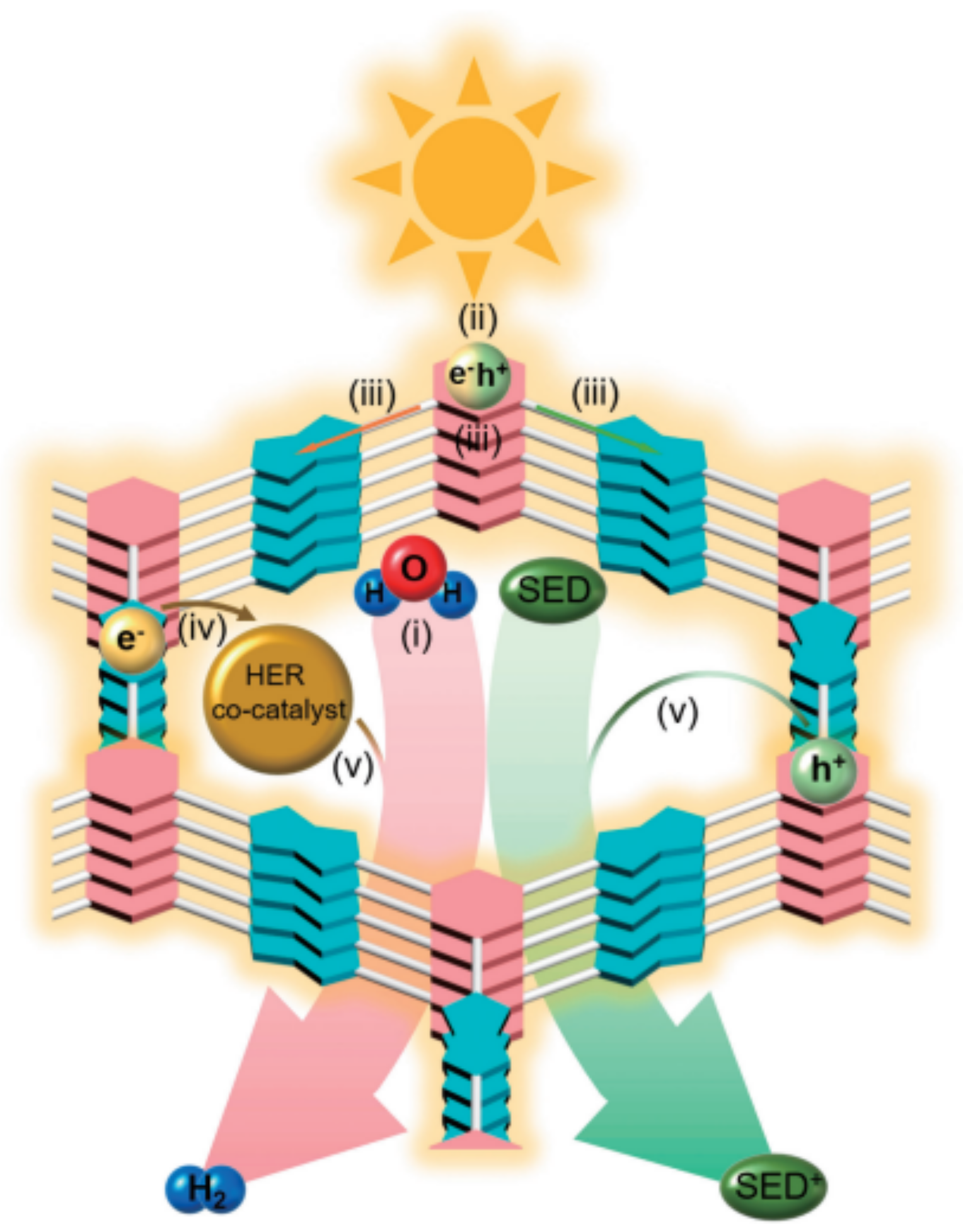
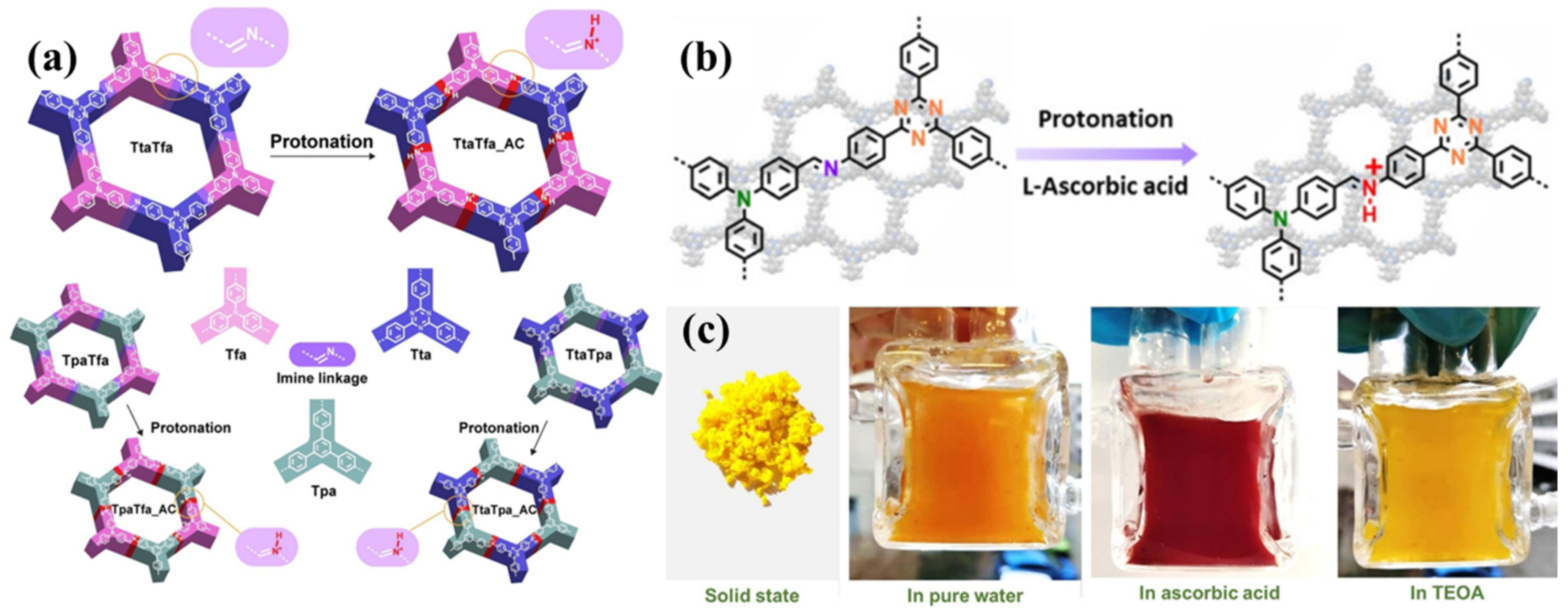









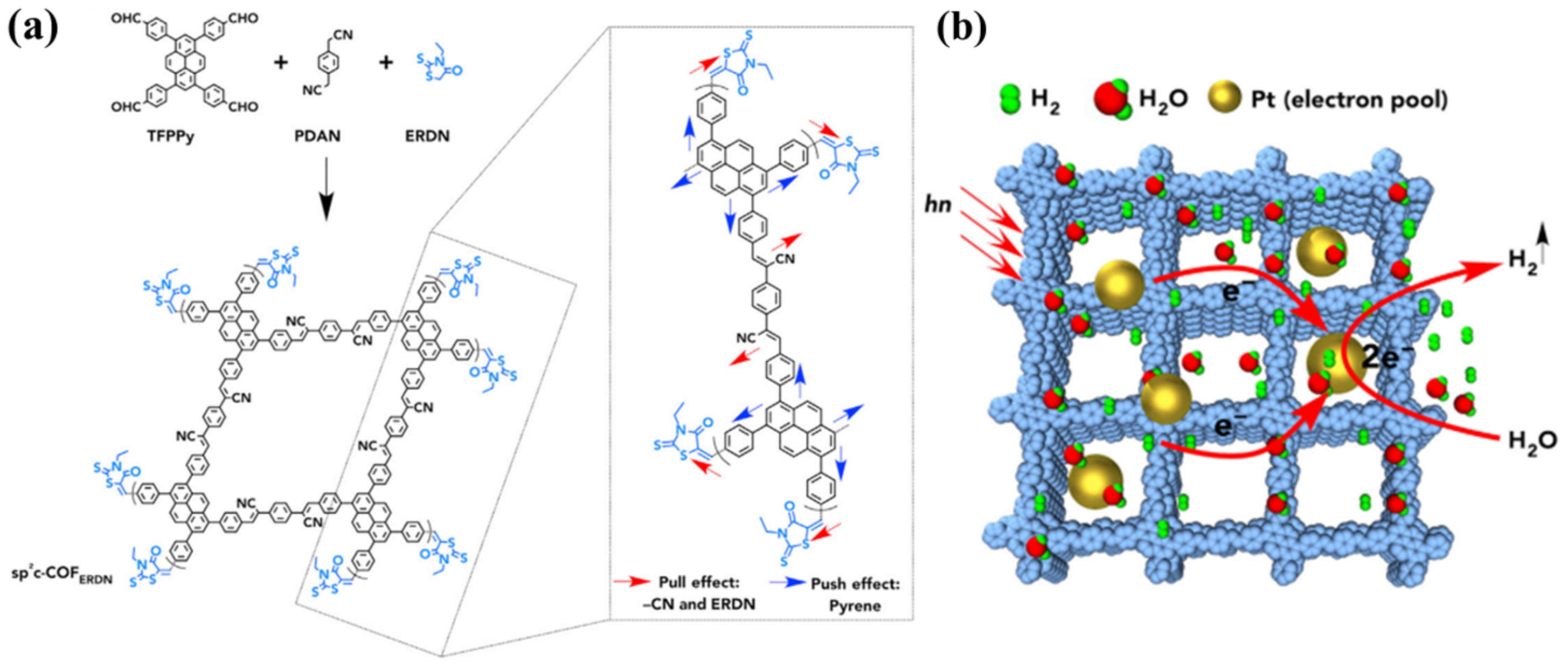

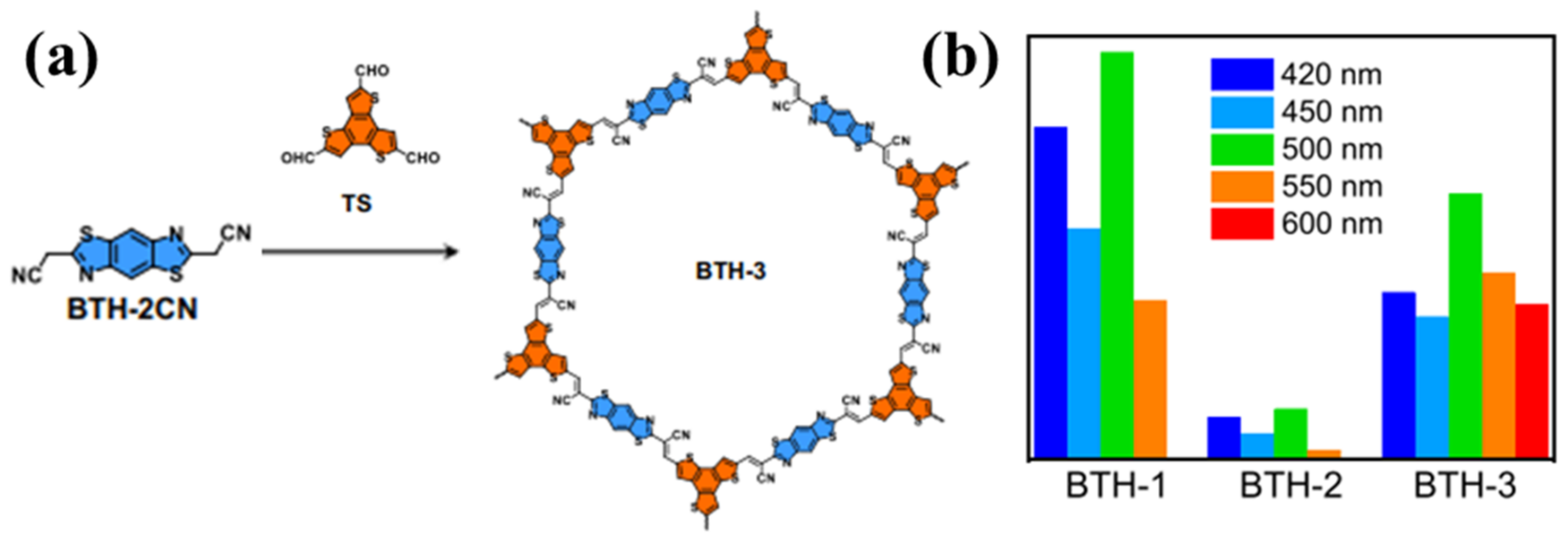

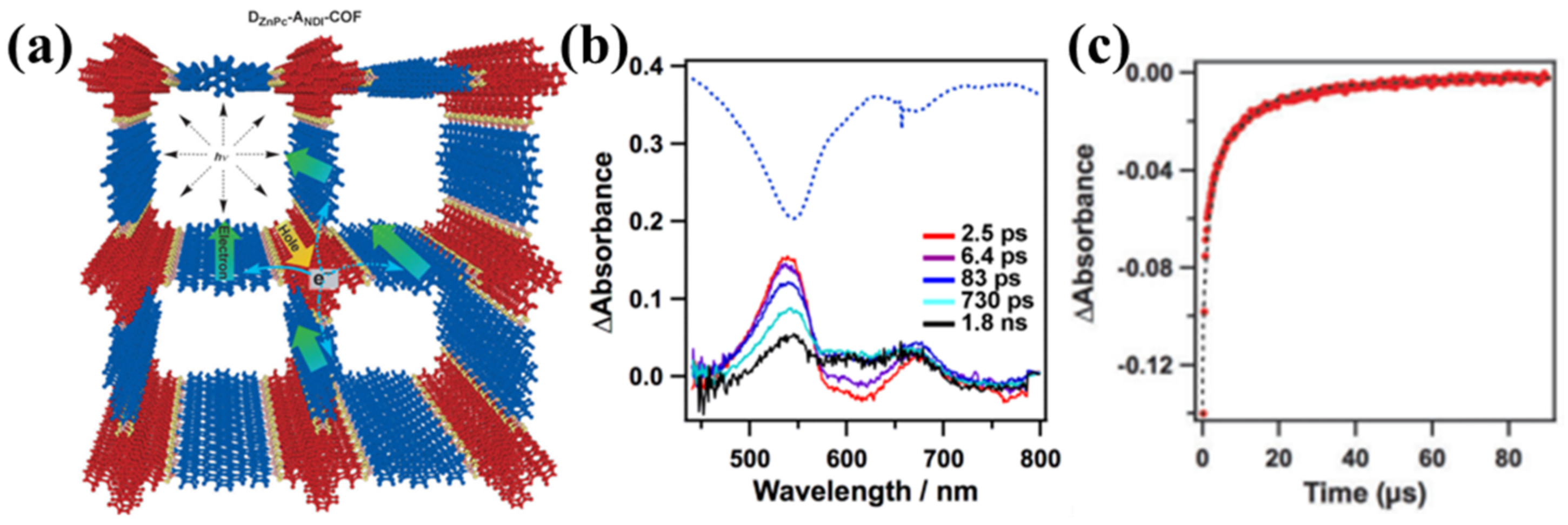
| Photocatalyst | Donor | Acceptor | Connection Mode | Role of System | HER (mmol h−1 g−1) |
|---|---|---|---|---|---|
TtaTfa |  |  | 3 + 3 Imine-linked | enhanced the light absorption ability and promoted the charge separation efficiency | 20.7 |
TpaTfa |  |  | 3 + 3 Imine-linked | 14.9 | |
TtaTpa | 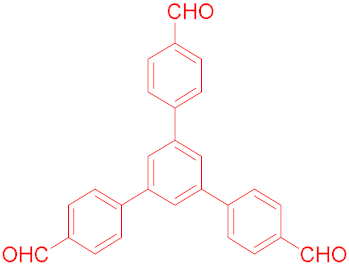 | 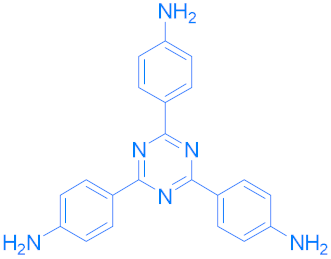 | 3 + 3 Imine-linked | 10.8 | |
PyTz-COF | 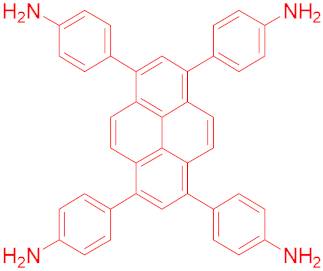 |  | 4 + 2 Imine-linked | enabled effective photogenerated charge separation and efficient charge migration | 2.01 |
NKCOF-108 | 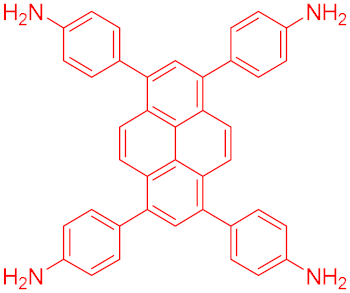 |  | 4 + 2 Imine-linked | promoted the separation of photogenerated carrier and broadened visible light response range | 12.0 |
PETZ-COF | 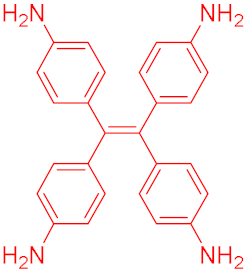 |  | 4 + 2 Imine-linked | increased visible light response range, improved the separation efficiency of excitons and accelerated the electron transport | 7.32 |
TeTz-COF1 | 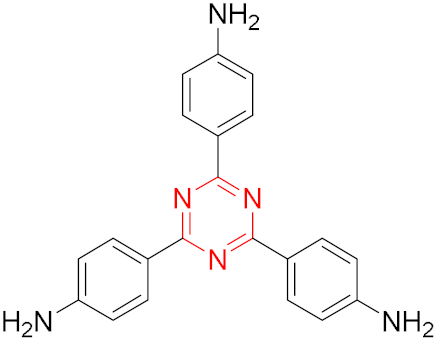 |  | 3 + 2 Imine-linked | tuning the charge separation and transport for efficient photocatalysis | 2.1 |
TeTz-COF2 | 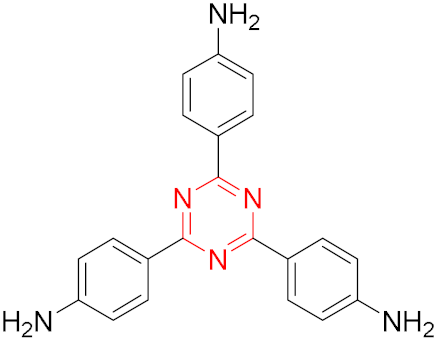 |  | 3 + 2 Alkyne-linked | theoretically enhance the photocatalytic hydrogen evolution of COFs, while it has not been demonstrated in this work | 0.11 |
Tz-COF-3 |  |  | 3 + 2 β-ketoenamine-linked | accelerated exciton dissociation and generated more long-lived photo-generated charge carriers | 43.2 |
2.5-TBTA/g-C3N4 | 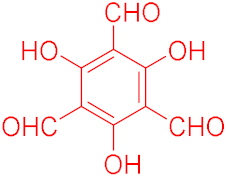 |  | 3 + 2 β-ketoenamine-linked | enabled the enhancement of visible light absorption and photoinduced charge separation | 11.73 |
PIm-COF2 |  | 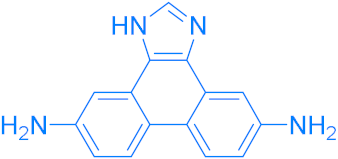 | 3 + 2 β-ketoenamine-linked | enhanced conjugation effect, broadened light absorption region and narrowed optical band gap | 7.42 |
CN-COF | 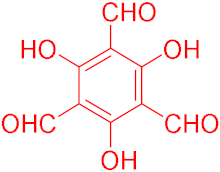 |  | 3 + 2 β-ketoenamine-linked | enhanced charge separation and immigration efficiency | 60.85 |
| HBT-COF | 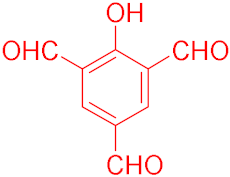 |  | 3 + 2 β-ketoenamine-linked | broadened visible light absorption range and led to efficient photoinduced charge separation and transfer | 3.8 |
| PMDA-COF | 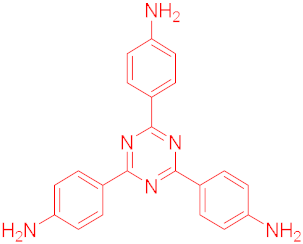 | 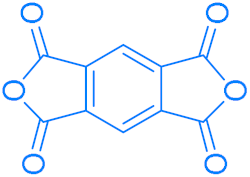 | 3 + 2 Imide-linked | modified the electronic band structure and separate the reduction site | 0.44 |
| sp2c-COF | 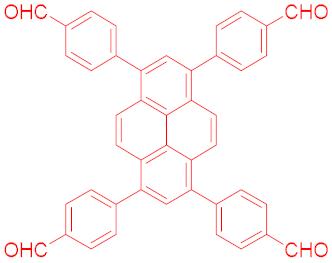 |   | 2 + 2 + 1 Vinylene-linked | harvested a broad range of visible and near-infrared light | 2.12 |
| PPy-BT | 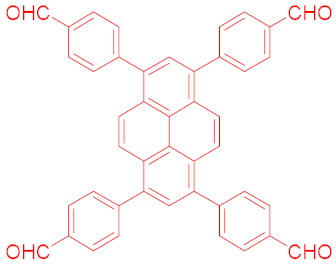 |  | 4 + 2 Vinylene-linked | reduced exciton binding energies to promote electron-hole separation and modulated band gaps | Potential for PHP |
| PPy-BT(F) |  | ||||
| PPy-PT | 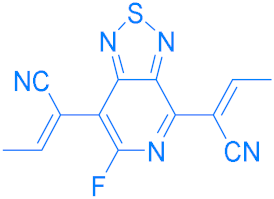 | ||||
| PPy-TzBI | 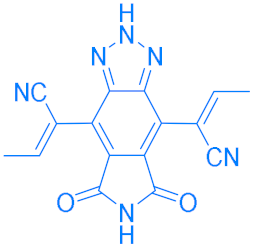 | ||||
| PPy-Q(F) |  | ||||
BTH-3 | 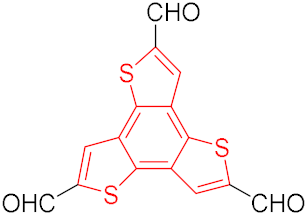 |  | 3 + 2 Vinylene-linked | harvested a broad range of visible and near-infrared light | 15.1 |
g-C54N6-COF |  | 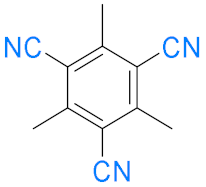 | 3 + 3 Vinylene-linked | formed two types of octupolar conjugated structure to enhance light-harvesting and photo-induced charge generation & separation | 2.52 |
| DZnPc-ANDI-COF | 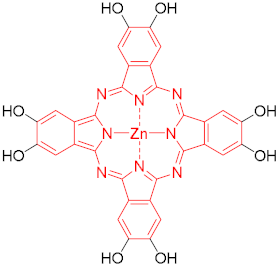 |  | 4 + 2 Borate-Ester-linked | suppressed charge recombination and retained the charges for a prolonged period of time | Potential for PHP |
Disclaimer/Publisher’s Note: The statements, opinions and data contained in all publications are solely those of the individual author(s) and contributor(s) and not of MDPI and/or the editor(s). MDPI and/or the editor(s) disclaim responsibility for any injury to people or property resulting from any ideas, methods, instructions or products referred to in the content. |
© 2023 by the authors. Licensee MDPI, Basel, Switzerland. This article is an open access article distributed under the terms and conditions of the Creative Commons Attribution (CC BY) license (https://creativecommons.org/licenses/by/4.0/).
Share and Cite
Wang, F.-D.; Liu, W.; Wang, J.; Zhang, C.-X. Linkage-Affected Donor–Acceptor Covalent Organic Frameworks for Photocatalytic Hydrogen Production. Processes 2023, 11, 347. https://doi.org/10.3390/pr11020347
Wang F-D, Liu W, Wang J, Zhang C-X. Linkage-Affected Donor–Acceptor Covalent Organic Frameworks for Photocatalytic Hydrogen Production. Processes. 2023; 11(2):347. https://doi.org/10.3390/pr11020347
Chicago/Turabian StyleWang, Feng-Dong, Wei Liu, Jiao Wang, and Chen-Xi Zhang. 2023. "Linkage-Affected Donor–Acceptor Covalent Organic Frameworks for Photocatalytic Hydrogen Production" Processes 11, no. 2: 347. https://doi.org/10.3390/pr11020347






